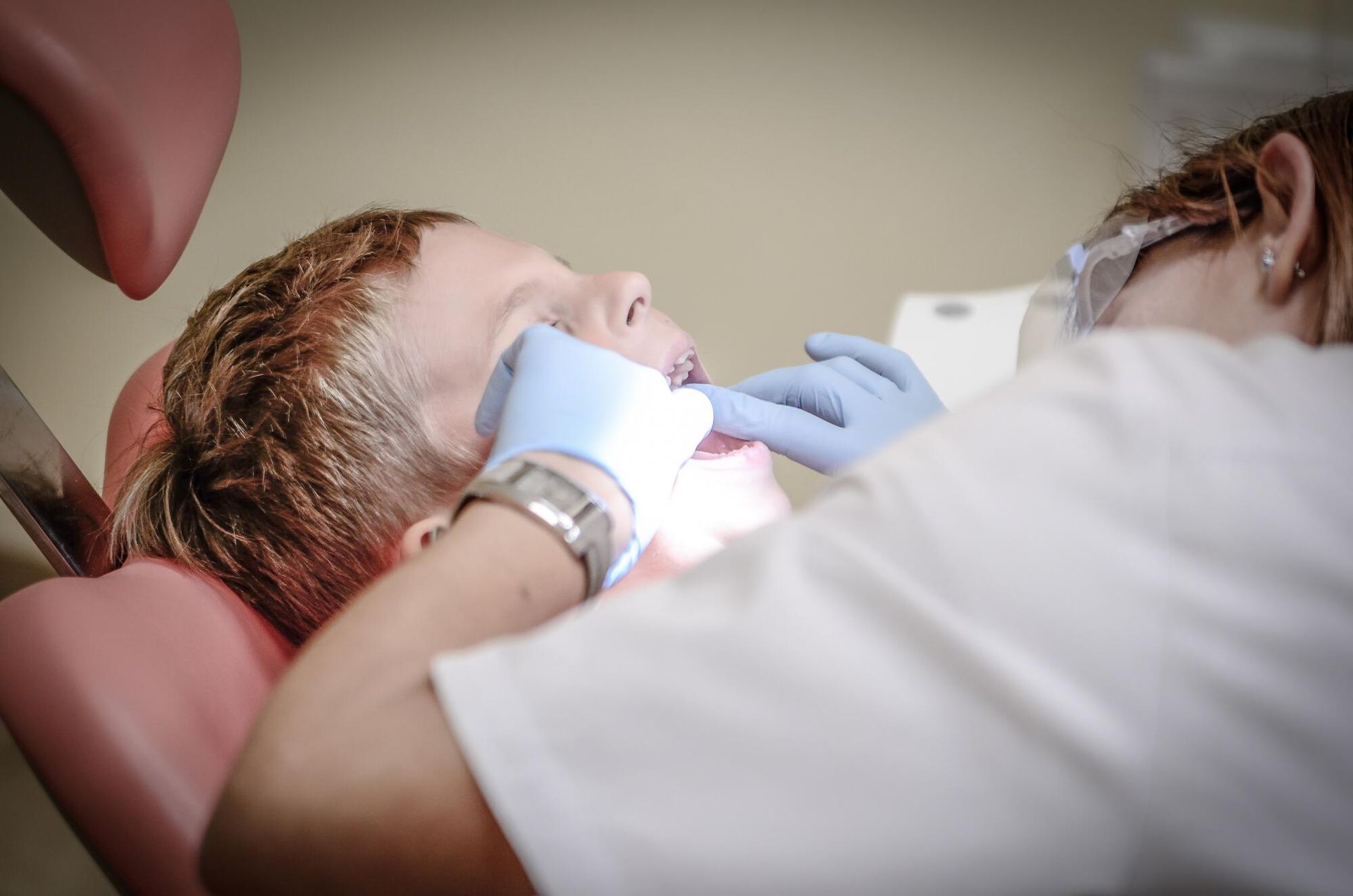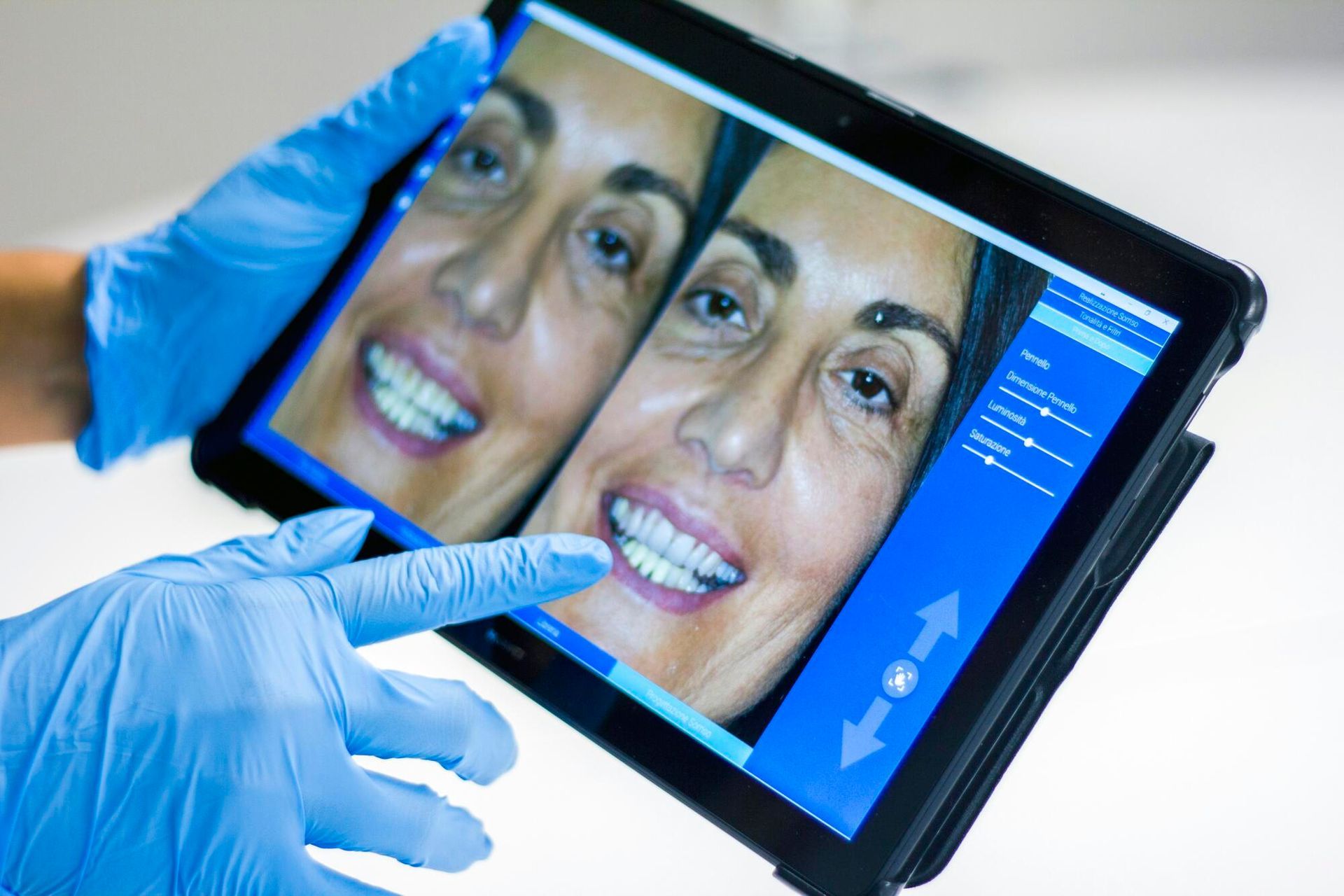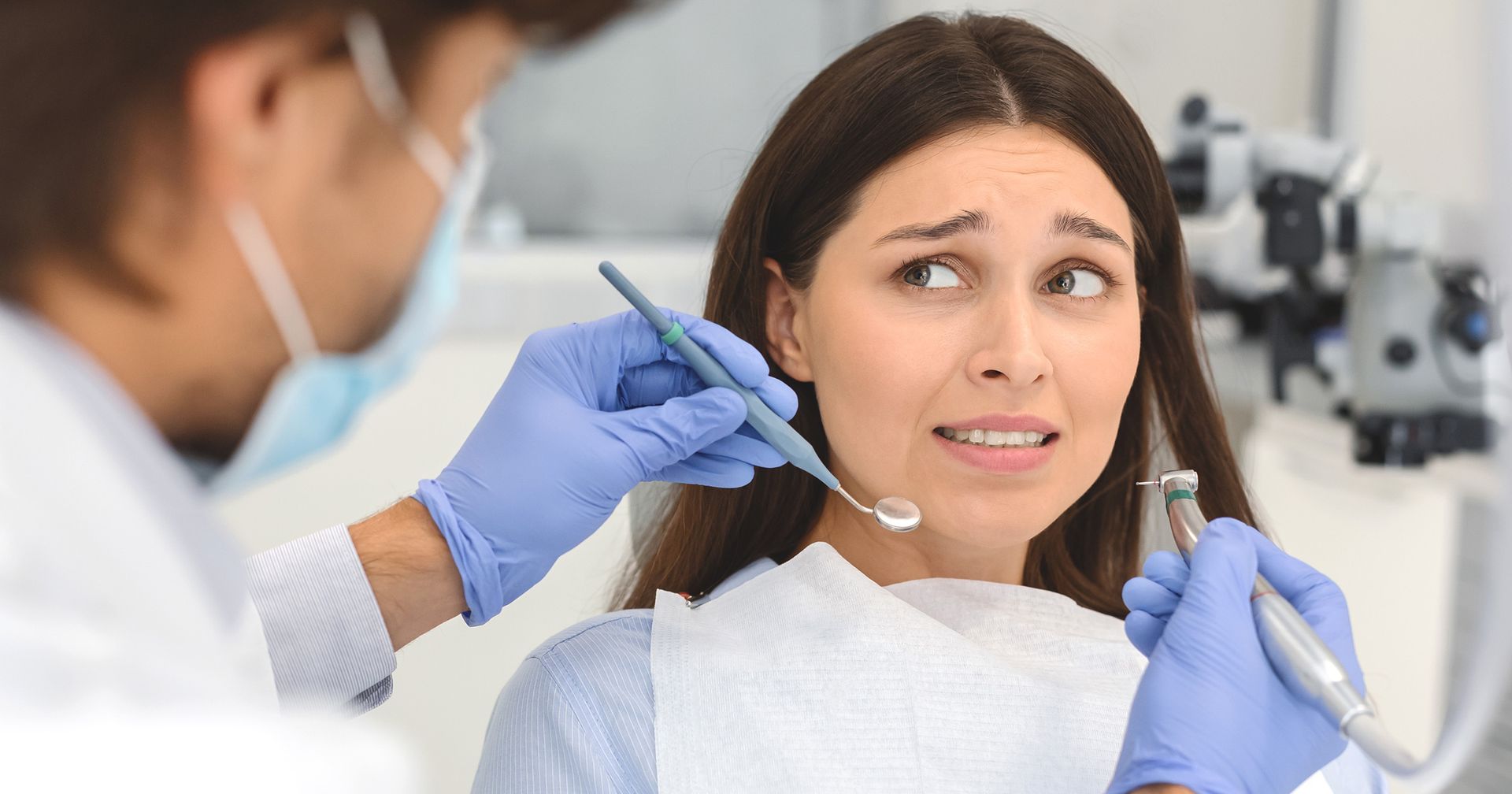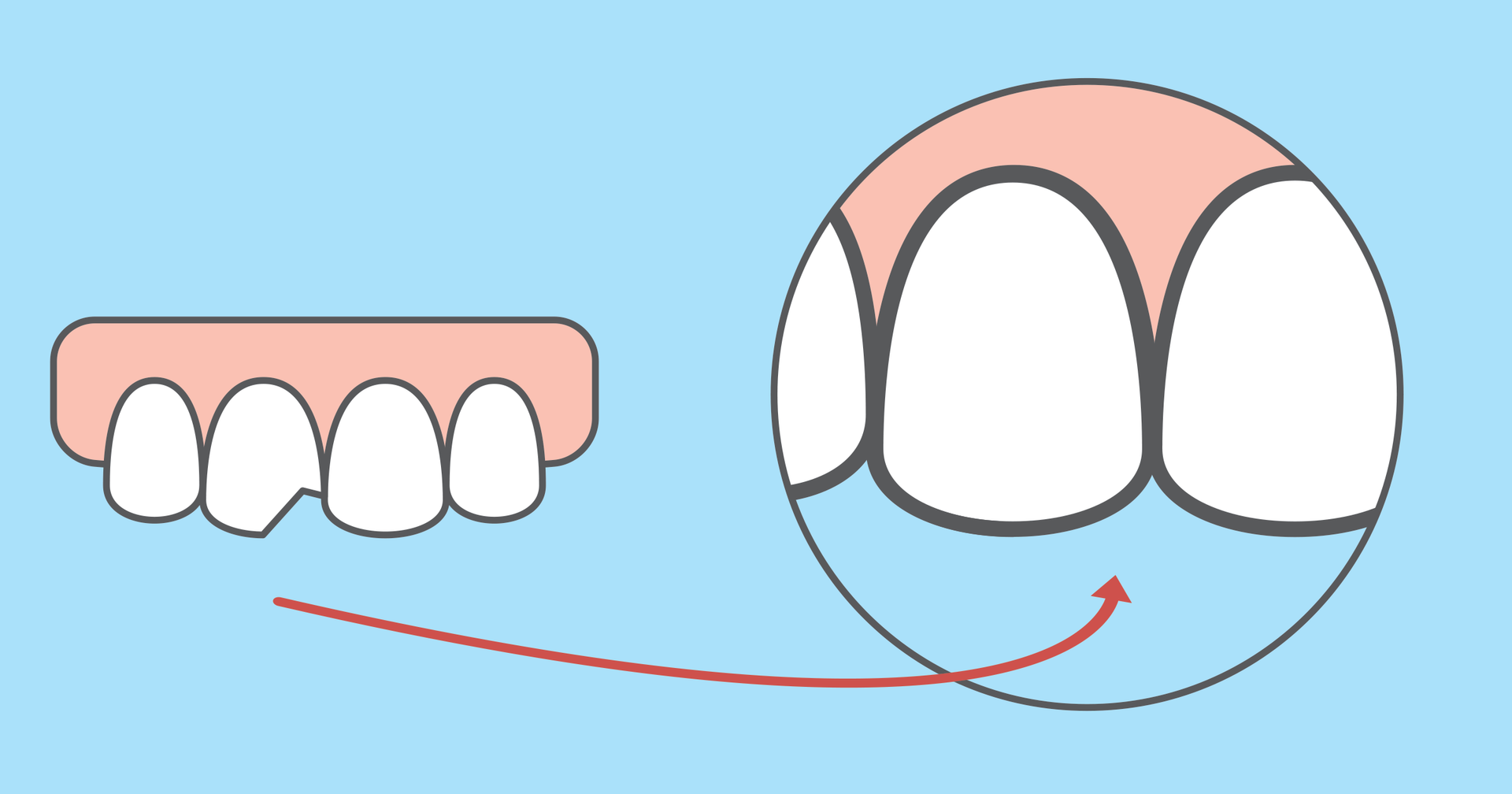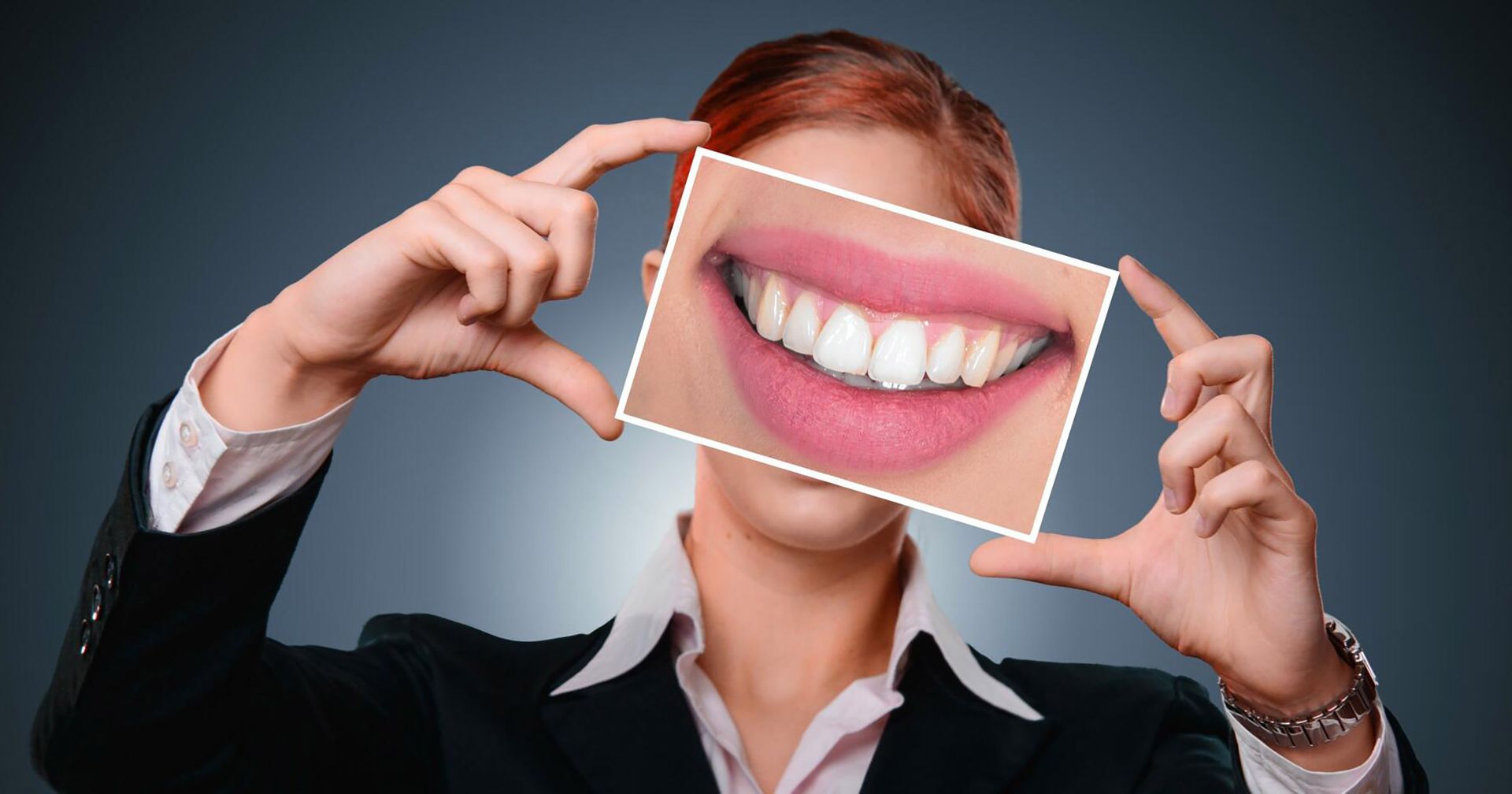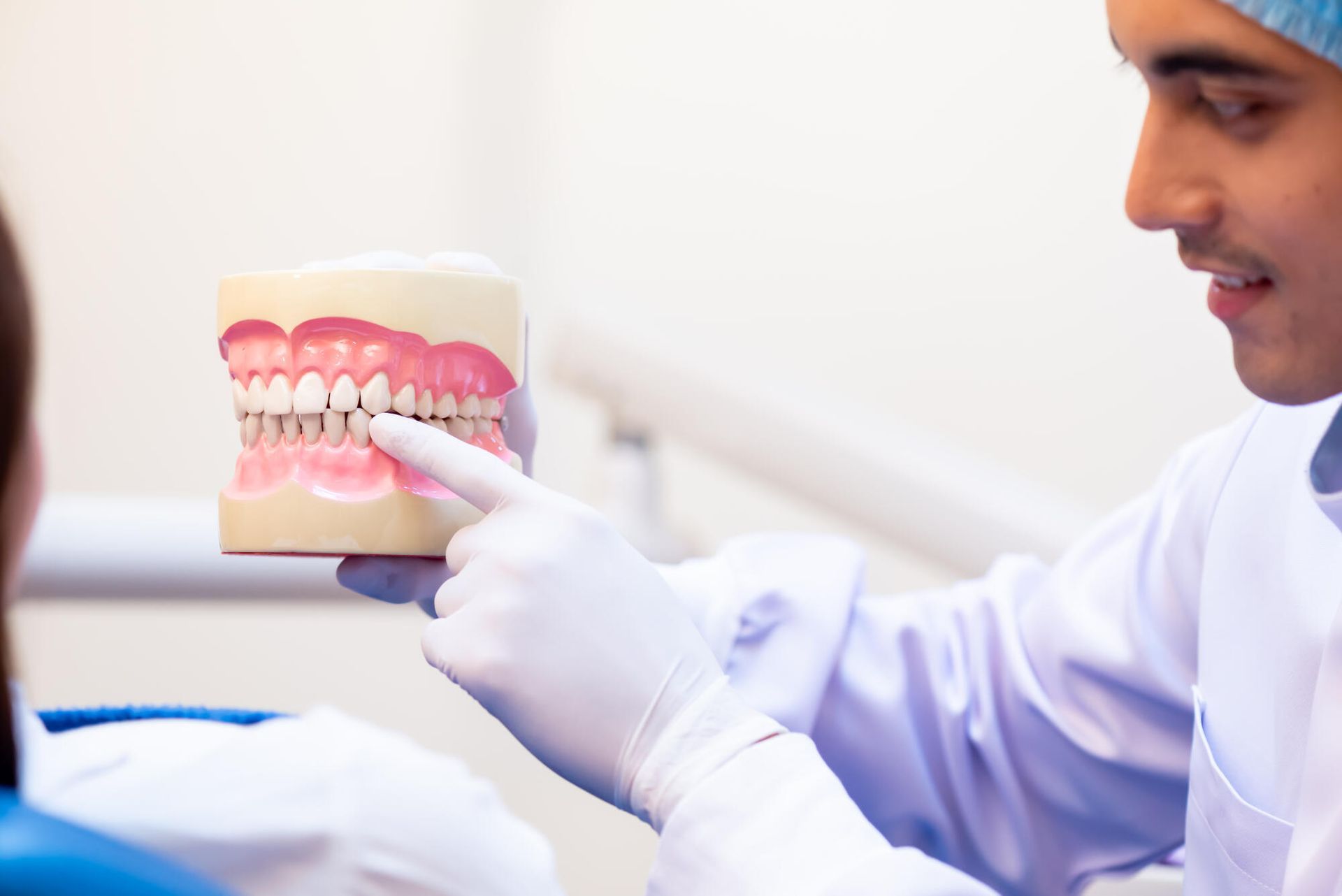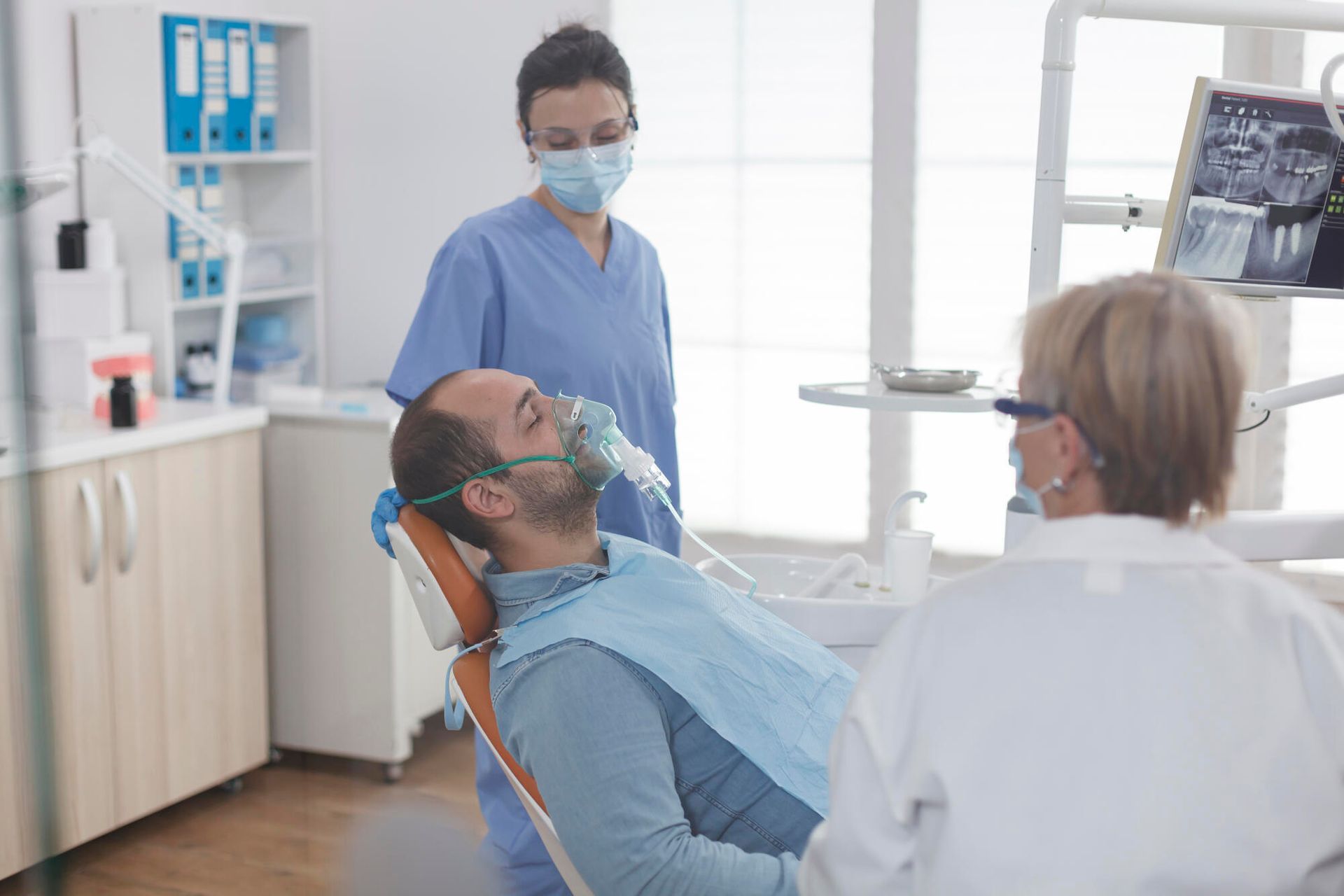Wisdom Teeth Removal in Catoosa, Ok: When Is It Necessary?
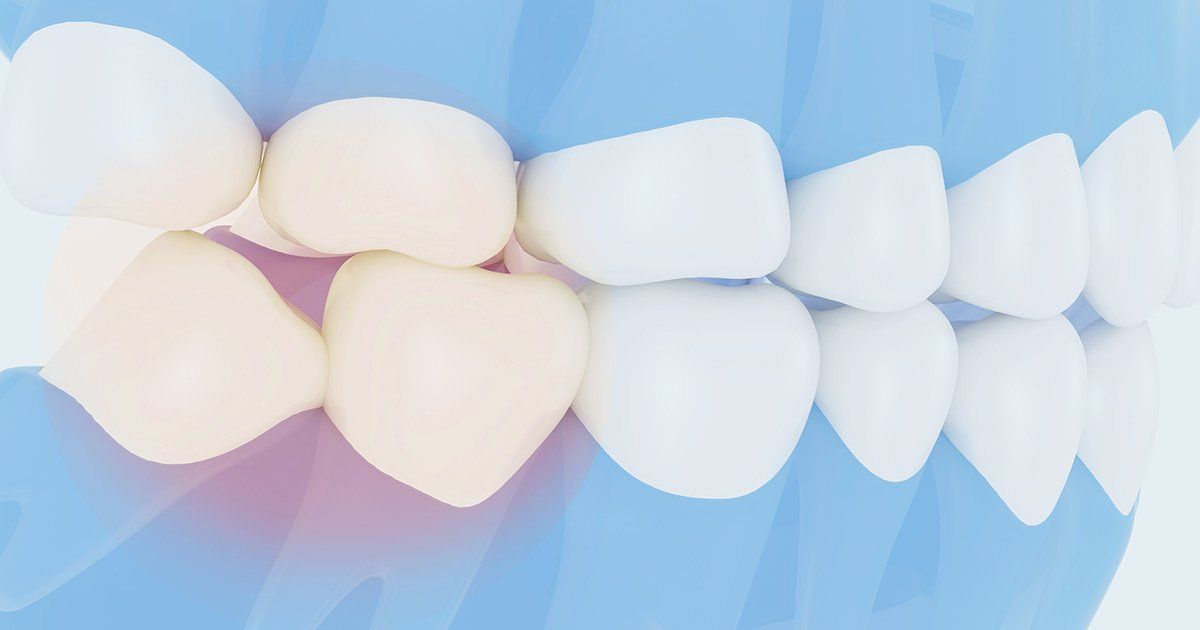
Are you wondering whether it's time to have your wisdom teeth removed? Learn what signs to watch for when wisdom teeth removal becomes necessary.
Wisdom teeth are the only teeth most people plan to remove. Over 10 million wisdom teeth get removed every year in the United States. For many people, getting their wisdom teeth removed can be preventative or because they're causing issues with their dental health.
Other people may not have issues with their wisdom teeth and opt not to have them removed. However, only a dentist can tell you if wisdom teeth removal is necessary.
However, there are some signs that you might need to have your wisdom teeth removed before going to a dentist. Learn about when it's necessary to have wisdom teeth removed.
As a Preventative Measure
You might not always have an immediate issue with your wisdom teeth to need to have them removed. Many people have wisdom teeth removed as a preventative measure, which often means having them removed before they grow in or when they start coming through your gums.
Many dentists can predict future issues by looking at X-rays and seeing the way the wisdom teeth are developing. In this case, they may urge patients to have their wisdom teeth removed before they cause future issues.
They Could Damage Other Teeth
Wisdom teeth growing in can damage your other fully grown teeth. If wisdom teeth grow in incorrectly, they can cause damage to your other molars by pressing up against them. This can happen above or below the surface of your gum line.
Damage to other teeth is bad enough. But they can also increase your risk of infection in that area, which could lead to more dental issues down the line.
They Can Damage Your Jaw
Wisdom teeth grow out of your jawbone, which can leave your jaw vulnerable if they grow in incorrectly. Wisdom teeth develop in a sac within the jawbone. If you don't remove wisdom teeth when you should, this sac can fill with fluid.
The fluid can then form a cyst inside the jawbone, which leads to damage to the jawbone, teeth, and nerves. Again, not addressing these issues can lead to larger dental problems in the future.
Potential Sinus Issues
Your jawbone is close to your sinuses, which puts them at risk when there are issues with your wisdom teeth. If you don't have wisdom teeth removed when you're supposed to, it can lead to infections, an abscess, or roots that grow towards the sinuses.
These infections can spread to the sinuses, causing inflammation, pressure, and pain in your sinuses. The roots can also put pressure on your sinuses, causing pain and inflammation.
Messing With Teeth Alignment
Many people don't have room in their mouth for the third set of molars, which is what wisdom teeth are. Allowing the wisdom teeth to grow in completely causes issues with your other teeth.
Because there is often little room for wisdom teeth to grow, they can push your other teeth in order to create the room to fit. This can lead to misalignment and crowding of previously straight teeth. A misalignment issue is something that only braces can solve.
Causing Cavities
Impacted or partially impacted wisdom teeth are at a high rate of tooth decay. Having this bacteria in your mouth can lead to the decay of other teeth, causing cavities throughout your mouth.
Wisdom teeth can also cause cavities because they can be difficult to clean. Because they're in the back of your mouth, or because they grow at strange angles, or are impacted, food and bacteria can easily get stuck. This build-up can create cavities.
Create Gum Inflammation
Wisdom teeth already cause inflammation and swelling when they grow in. But these teeth can continue to be an issue even after they've come through the gums. Swelling can range from mild to severe and can often cause facial swelling as well.
Pericoronitis is the technical name for gum swelling around wisdom teeth. If it's severe and goes untreated, this disease can also become dangerous. You'll need to treat the infection with an antibiotic.
There's No Room to Grow In
For most people, the reason why they have their wisdom teeth removed is that there's no room for them to grow in. This simply has to do with the anatomy of the jaw. Most people will find that their jaws don't have room for the extra set of molars on both the top and bottom.
This can cause them to become impacted or trapped in the jawbone or gums, which can be painful or cause future problems.
They Grew In Incorrectly
Even if your wisdom teeth do grow in, there's a chance the teeth might grow in incorrectly. They can grow in at the wrong angle, pressing against other teeth or scratching against your gums.
Wisdom teeth might grow in crooked because there isn't sufficient room for them to grow in straight. Growing incorrectly can also cause misalignment or shifting of your other teeth.
What to Expect During Wisdom Teeth Removal Surgery
This is a common surgery that many dentists and oral surgeons perform often. So you shouldn't worry about having your wisdom teeth removed. However, knowing what to expect can help take away some of the anxiety.
Before having your wisdom teeth removed, you see a dentist, who will tell you how many and which ones should be removed. Here you'll be able to ask questions.
In most cases, you'll have local anesthesia to numb your gums so you won't feel anything during the procedure. In more severe cases, you may need IV sedation, where you also won't feel anything during the procedure.
Recovery is usually easy with stitches that dissolve in a few days. You may also have to replace the gauze that helps soak up the blood. You'll have to eat soft foods for a few days as you heal.
Wisdom Teeth Removal
Most people plan to have their wisdom teeth removed before even seeing a dentist. It's not always necessary if you're lucky.
However, most people don't have room in their mouths for their wisdom teeth to grow in properly.
Seeing a dentist will tell you if wisdom teeth removal is necessary. They'll be able to tell you how many or which of your wisdom teeth should be removed. They'll also tell you the severity, which can affect how soon you have to have them removed.
It's time to see a dentist in Catoosa, OK. Make an appointment for wisdom teeth removal or a general checkup today.
